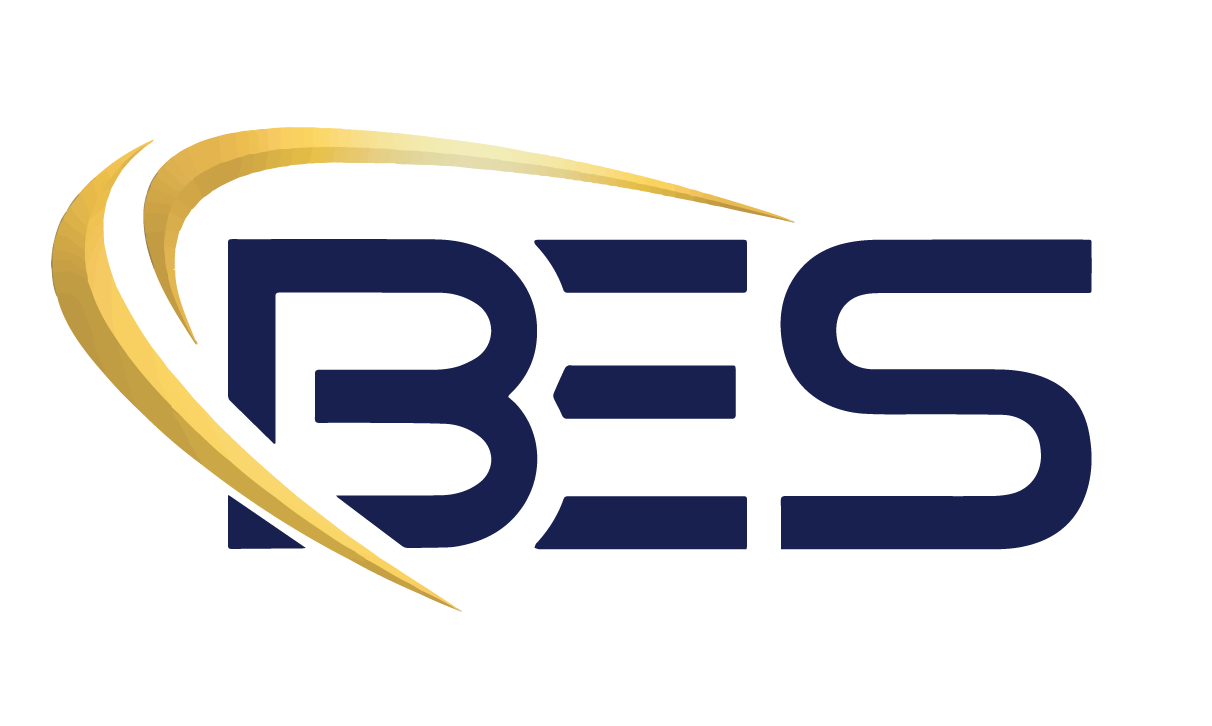Leadership's Misperception of Today’s GIS
At the time, Geographic Information Systems (GIS) was limited to specific organizations such as national governments, land management agencies, utilities, and planning commissions. These organizations used GIS primarily for analysis, planning, modeling, map production, and other specific projects. During this time, GIS was considered “on-demand,” where GIS teams were asked to provide specific support for:
Producing printed maps
Performing modeling/analysis for specific planning initiatives or projects
Static digital maps for presentations or websites
Over the last several years, service-based GIS has dramatically changed how and where GIS technology is used. GIS has evolved from a project-oriented analytic and modeling technology used by highly trained technicians to a platform technology providing critical real-time information to hundreds or potentially thousands of users and consumers simultaneously. The advent of web services, improvements in computer performance, the rise in cloud capacity, and the availability of massive IOT data have all contributed to this evolution. The availability of streaming data continues to grow, doubling between 2018 and 2021. Real-time data (weather, video, sensors, drones, traffic, social media, emergency incidents, etc.), cloud computing, and online data storage have become widespread, enabling GIS platforms to become even more potent by combining this data to inform decision-making better. Today’s GIS allows users to integrate and visualize real-time data streams and view them in context with their authoritative jurisdictional data. They can also perform spatial analysis on the web, accessing distributed servers where different layers of data exist, enabling users to bring this data together, fuse it, and analyze it across multiple networks. When required, these analyses can drive automatic notifications to designated personnel when events meet defined criteria, enabling organizations to comprehensively understand the location, timing, and context of events as they occur and evolve. This provides decision-makers with the information they need when it is required on virtually any device.
Unfortunately, many executives, managers, or operations personnel do not understand these robust capabilities well. GIS’s legacy reputation for being exceedingly complicated and requiring specially trained personnel is still how many think of it. In addition, many folks do not realize that GIS can integrate and work with other non-GIS-supporting technologies. GIS personnel, often busy helping their traditional roles, are challenged to keep up with the rapid evolution of modern GIS platforms. Adding to this knowledge gap, graduating college students usually start their careers behind, as many university GIS curriculums have difficulty keeping up with the rapid changes in Geospatial Technology and its transformation into a mainstream technology platform
Finally, many organizations already own software and licenses to use and display GIS products and tools and are unaware of their full potential. They “don’t know what they don’t know.” When shown some of the real-time situational awareness capabilities available in today’s GIS, managers and operations personnel are often amazed; “I had no idea these capabilities were possible” is often repeated, to which the response is usually “and you already own that”! The truth is that many organizations have made substantial investments in GIS technology, infrastructure, and personnel and are utilizing a mere fraction of that investment.
Only through the combination of an organizational commitment to utilizing GIS programmatically and investment in ongoing operational and technical training for non-technical and technical staff can the potential of modern GIS be realized. Leadership MUST champion this process. Without consistent executive engagement directing and monitoring the adoption of these powerful tools, they are unlikely to be used effectively.
As organizations discover and begin to understand and deploy the underutilized capabilities GIS makes possible, new challenges emerge. These challenges require managers and leaders to examine how work has traditionally been executed and what changes are necessary to improve performance and productivity supported by modern GIS technology. These challenges will be reviewed in a future blog.







